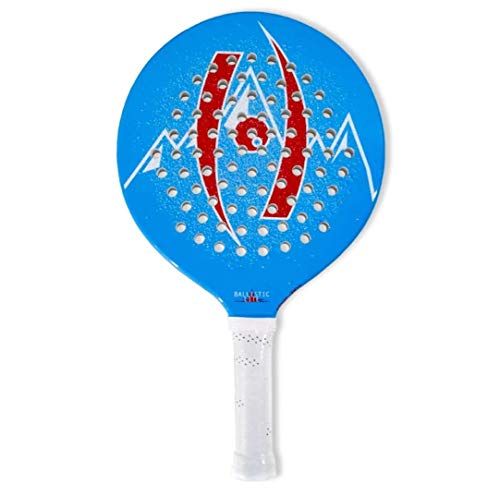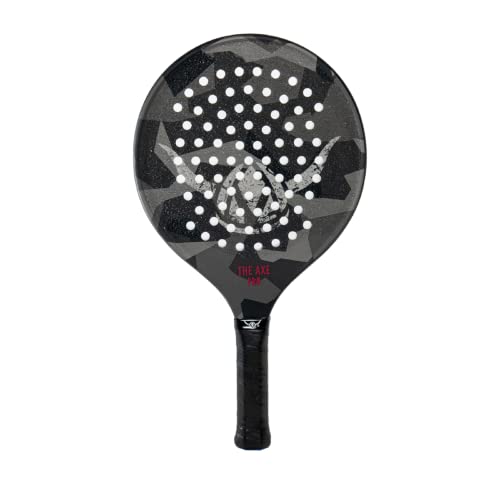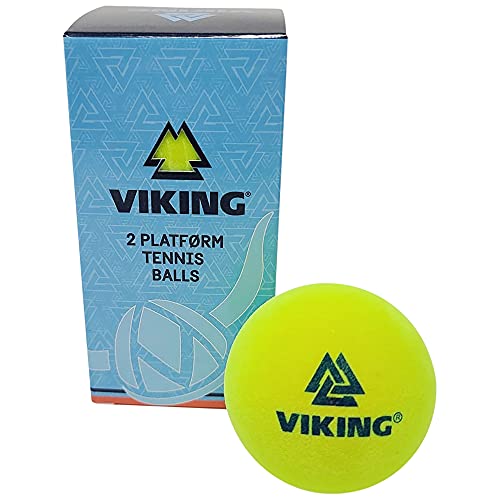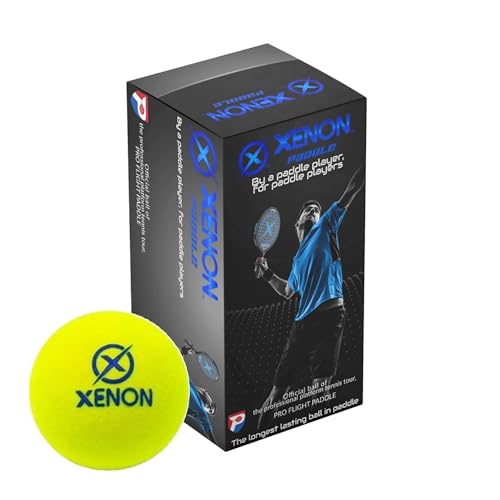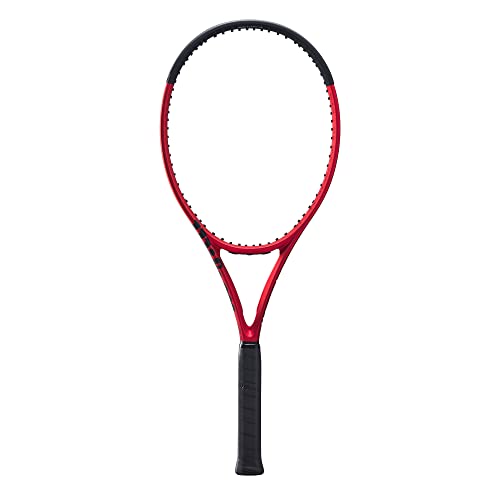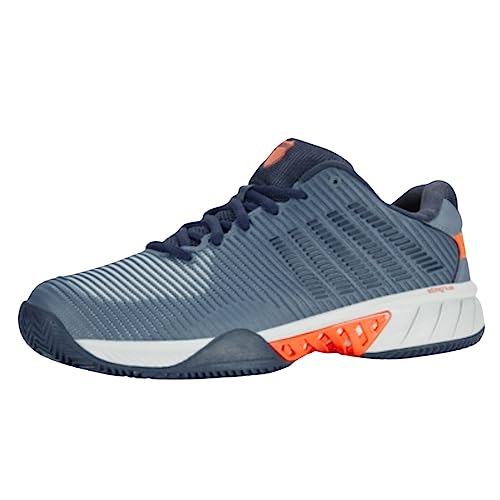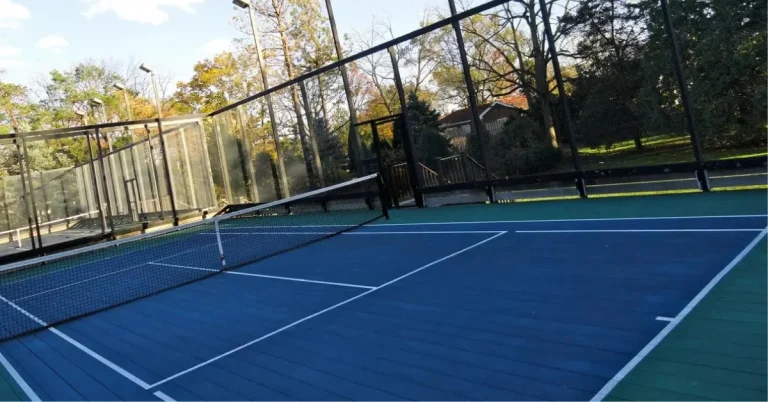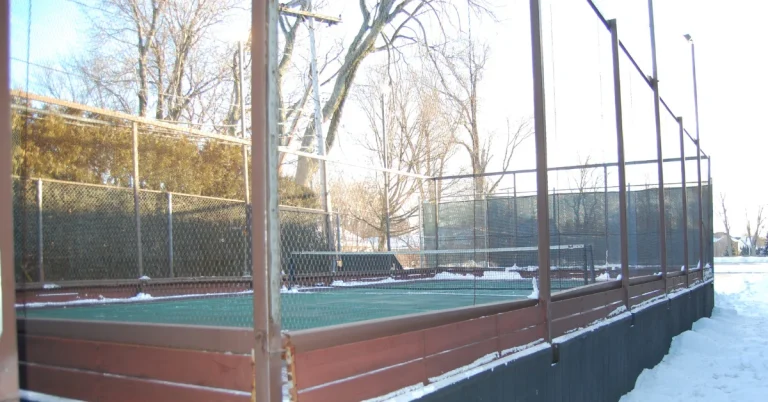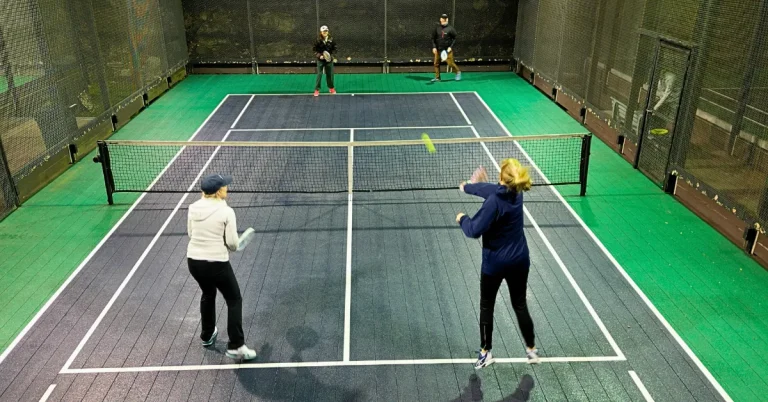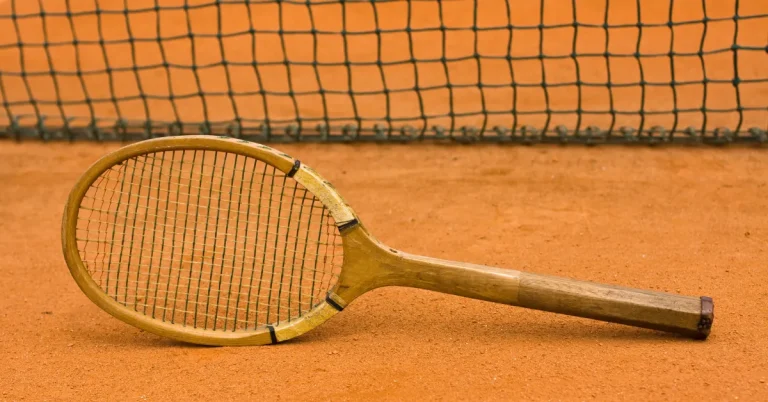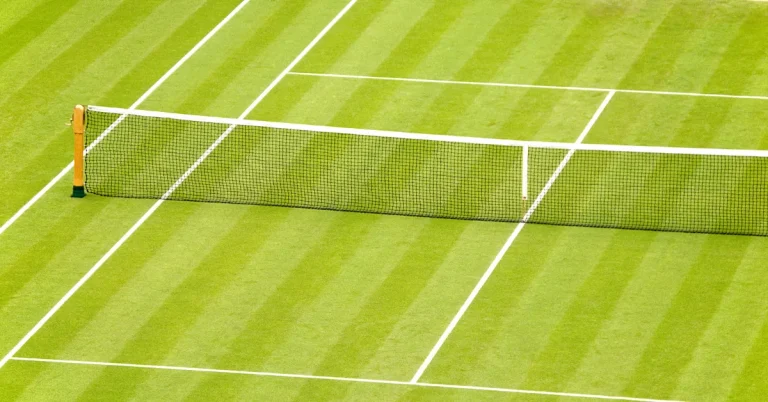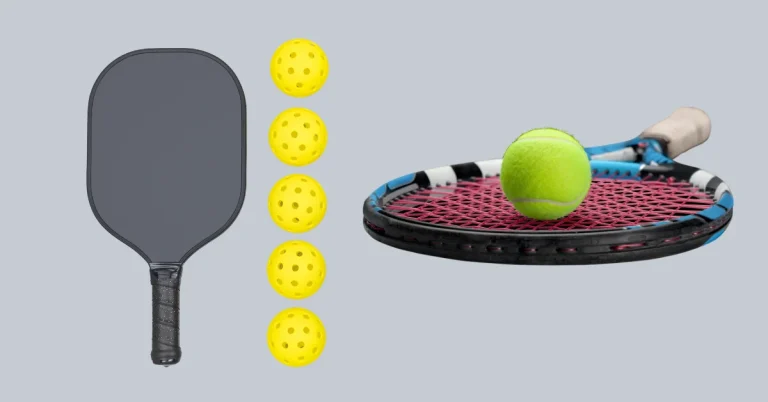Introduction to Court Sports
Welcome to our light-hearted comparison of Platform Tennis and Traditional Tennis! Whether you’re a seasoned pro or just curious about these racket sports, we’ve got an entertaining look into what sets these games apart.
What is Platform Tennis?
Often called “Paddle Tennis,” Platform Tennis is a winter-friendly sport played on a smaller, elevated court surrounded by wire fences. This game is known for its lively ball and unique paddles, offering a fast-paced and strategic gameplay.
Key Features of Platform Tennis
Platform Tennis, a vibrant and engaging sport, brings its own unique flair to the racket sports family. Here’s a deeper dive into what makes Platform Tennis stand out:
- Compact, Elevated Courts: One of the most distinctive features of Platform Tennis is its court. Measuring just 30 by 60 feet, it’s about one-third the size of a traditional tennis court. The court is elevated off the ground, typically made of aluminum decking, allowing for better drainage and often equipped with heaters for those chilly winter months.
- The Wire Fences: Surrounding the entire court are 12-foot-high wire fences that are not just boundary markers but integral parts of the game. Balls can be played off these fences, adding a dynamic twist to rallies and requiring quick reflexes and strategic thinking.
- Specialized Paddles: In Platform Tennis, players use solid paddles made of composite materials. These paddles are smaller and firmer than traditional tennis rackets, with no strings. The design allows for precision and control, essential for the quick volleys and strategic placements in the game.
- The Ball: The ball used in Platform Tennis is a rubber, spongy sphere, slightly smaller than a tennis ball. It’s designed to perform well in cold weather, maintaining a consistent bounce and flight, which is key for the fast-paced action of the game.
- Year-Round Play: Thanks to the heating systems under the courts and the sport’s resistance to cold weather, Platform Tennis is a year-round sport, especially popular in the colder months. This feature makes it a favorite for players looking to stay active outdoors throughout the year.
These unique features combine to create a sport that is not only challenging and fast-paced but also accessible and engaging, making Platform Tennis a favorite among racket sport enthusiasts of all ages.
Traditional Tennis: The Classic Game
Traditional Tennis, a beloved sport worldwide, is played on a larger court with specific surface types like grass, clay, or hard court. With its rich history and global following, this sport offers a blend of physical challenge and tactical depth.
The Essentials of Traditional Tennis
Traditional Tennis, a sport with a rich history and global following, has captivated players and fans alike for generations. Let’s explore the core elements that make this classic game a timeless favorite:
- Diverse Court Surfaces: Unlike Platform Tennis, Traditional Tennis is played on a variety of surfaces, each bringing its own character to the game. Grass courts offer a fast game with a low bounce, clay courts slow down the ball and produce a higher bounce, while hard courts provide a balanced playing field, suitable for a wide range of playing styles.
- Standard Court Size: A Traditional Tennis court measures 78 feet in length and 27 feet in width for singles matches. This larger size demands excellent physical fitness, strategic movement, and a deeper understanding of spatial dynamics.
- Stringed Rackets and Tennis Balls: The equipment in Traditional Tennis includes stringed rackets, which have evolved significantly over time in terms of materials and design for enhanced power and control. The tennis balls, with their felt-covered rubber construction, are designed for optimal bounce and durability on various court surfaces.
- Scoring System: Tennis has a unique scoring system with terms like “love,” “deuce,” and “advantage.” Points progress from love (zero) to 15, 30, and 40, with a need for a two-point advantage to win the game. This scoring system adds to the suspense and excitement of the match.
- Major Tournaments and Global Reach: Traditional Tennis is celebrated worldwide, with major tournaments like Wimbledon, the US Open, the French Open, and the Australian Open. These events draw international attention and showcase the highest level of skill and competition in the sport.
These essential elements of Traditional Tennis – from the diverse court surfaces to the intricate scoring and prestigious tournaments – contribute to the sport’s enduring popularity and its status as a staple of athletic excellence and international camaraderie.
Comparing the Play Styles
While Platform Tennis and Traditional Tennis share some similarities as racket sports, their play styles are markedly different, each offering a unique experience to the players. Let’s dive into the nuances that set them apart:
Pace and Rhythm
Platform Tennis is known for its fast-paced and intense rallies. The smaller court size and the ability to play off the screens mean that points are quick and require sharp reflexes. In contrast, Traditional Tennis often features longer rallies and a variety of paces, from quick volleys at the net to long baseline exchanges. This variation in rhythm allows players more time to strategize between shots.
Strategic Depth
In Platform Tennis, the strategy often revolves around positioning and shot placement due to the confined space and the unique court features. Players need to think quickly and be ready to react to any ball that comes off the screens. Traditional Tennis, with its larger court, opens up a broader range of strategic possibilities. Players can exploit the full depth and width of the court, using a mix of spins, angles, and power to outmaneuver their opponents.
Physical Demands
Both sports are physically demanding but in different ways. Platform Tennis requires short bursts of energy and quick changes in direction, making agility and reflexes crucial. Traditional Tennis, meanwhile, demands more endurance and physical fitness due to the larger court and longer match durations. Players often have to cover more ground and maintain their level of play over a longer period.
Adaptability and Skill Development
Platform Tennis players need to develop a skill set that adapts to the unique aspects of the game, such as playing off the screens and handling the colder outdoor conditions. Traditional Tennis players, on the other hand, often focus on developing a more diverse range of shots and tactical awareness to suit the different court surfaces and playing styles they might encounter.
Ultimately, both Platform Tennis and Traditional Tennis offer their own set of challenges and rewards. Whether it’s the quick, strategic gameplay of Platform Tennis or the endurance and tactical diversity of Traditional Tennis, both sports provide ample opportunity for skill development, physical fitness, and most importantly, enjoyment.
Equipment Differences: Paddles vs Rackets
The equipment used in Platform Tennis and Traditional Tennis plays a pivotal role in defining each sport’s unique gameplay. Understanding the differences between paddles and rackets will give you a deeper appreciation of the skills and techniques unique to each game.
Platform Tennis Paddles: Platform Tennis paddles are distinct in their design and material. They are solid, without strings, and typically made of composite materials like graphite or fiberglass, which provide durability and stability in colder weather. The surface of the paddle is textured to aid in spinning the ball, and the size is smaller compared to traditional tennis rackets, offering a different grip and swing feel. This design is tailored to the fast-paced, close-quarters nature of Platform Tennis, where quick reflexes and precise control are essential.
Traditional Tennis Rackets: In contrast, Traditional Tennis rackets are larger and strung with a web of strings that provide a rebound effect when hitting the ball. The rackets have evolved significantly over the years, with materials ranging from wood to modern carbon fiber composites, allowing for a wide range of weights, balances, and string tensions. This versatility in design caters to the varied styles of play in Traditional Tennis, from powerful baseline hitting to delicate volleys at the net. The strings’ tension can be adjusted to suit individual preferences, affecting the control, power, and spin of shots.
Ball Differences: The balls used in each sport also reflect the equipment differences. Platform Tennis balls are rubber, spongy, and less pressurized, designed to perform well in cold weather and on the aluminum deck of the Platform Tennis court. Traditional Tennis balls, on the other hand, are pressurized, with a felt-covered rubber construction, optimized for bounce and flight characteristics suitable for larger, varied court surfaces.
Whether you’re gripping the solid paddle of Platform Tennis or swinging the stringed racket of Traditional Tennis, the equipment you use profoundly influences your playing style, strategy, and enjoyment of the game. Each sport’s equipment has been refined over the years to enhance the player experience and meet the unique demands of their respective courts and gameplay.
Benefits of Each Sport
Each game offers its own set of benefits, from the social and physical aspects to skill development. Whether you’re looking to improve your agility, enjoy a game with friends, or challenge your strategic thinking, there’s something for everyone in both sports.
Community and Culture
The cultural and community aspects of Platform Tennis and Traditional Tennis are as rich and diverse as the games themselves. Each sport cultivates a unique atmosphere and sense of belonging among its players and fans.
Platform Tennis Community: Platform Tennis, often considered a social sport, thrives in close-knit communities. The smaller court size fosters a more intimate environment, where players often engage more directly with each other. Clubs and local leagues typically offer a warm, welcoming atmosphere, where players of all skill levels come together to share their love for the game. Winter tournaments and social events around the Platform Tennis court are hallmarks of the sport, creating a sense of camaraderie and togetherness that extends beyond the game.
Traditional Tennis Culture: Traditional Tennis boasts a global community, with a rich tradition that spans across countries and continents. It’s a sport celebrated for its grandeur and elegance, as seen in prestigious tournaments like Wimbledon, which blend high-level competition with cultural traditions. Tennis clubs around the world serve as social hubs, offering not only training and competitive play but also opportunities for social interaction and community building. The sport’s global reach has created a diverse and vibrant culture, uniting people from different backgrounds through their shared passion for the game.
Impact on Youth and Future Generations: Both sports play a significant role in shaping the youth, offering pathways for physical education, character development, and even professional aspirations. Junior leagues, clinics, and school programs provide young players with valuable experiences in teamwork, discipline, and sportsmanship. The inclusive and supportive communities of both Platform and Traditional Tennis are instrumental in fostering a lifelong love for the sport among younger players.
Evolution and Adaptation: As both sports evolve, they continue to adapt to changing times and demographics, embracing technology, modern training methods, and broader social movements. This adaptability reflects in the growing diversity of players and fans, the development of new playing styles, and the integration of the sports into modern, digitally-connected lifestyles.
In conclusion, the communities and cultures surrounding Platform and Traditional Tennis are as integral to the sports as the games themselves. They provide a framework for not only playing the game but also experiencing a sense of belonging, shared joy, and continuous growth both on and off the court.
Which Court Calls to You?
Are you intrigued by the fast-paced, intimate setting of Platform Tennis, or do you prefer the classic, expansive courts of Traditional Tennis? We’ll help you decide which game might be your next sporting passion.
Conclusion: Embrace the Racket Sport World
Whether you choose the platform or the traditional court, both sports offer unique experiences filled with fun, fitness, and friendship. So grab a racket or a paddle, and let’s hit the courts!

